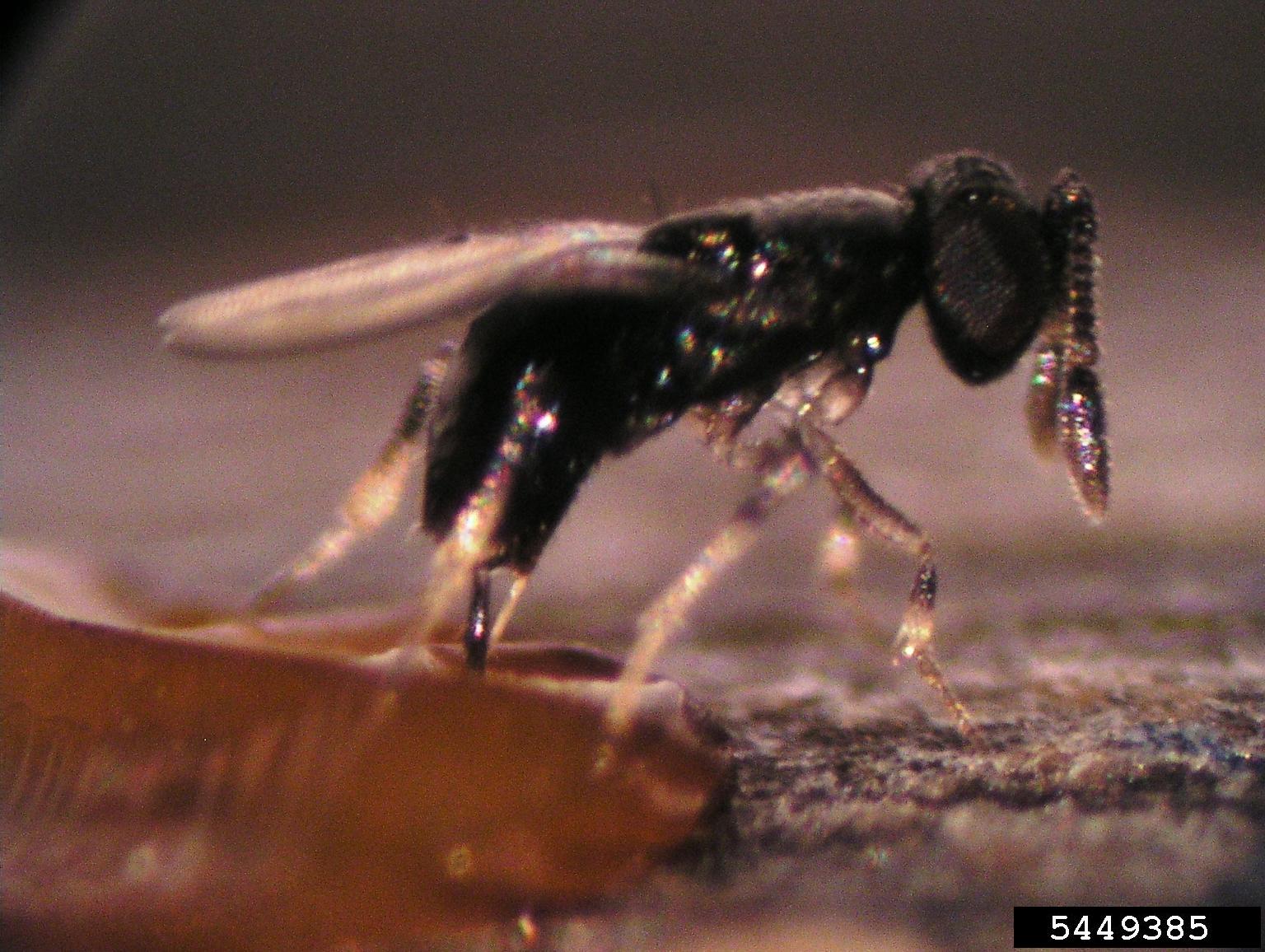
Boulder County is getting some new residents, but the new arrivals won't impact the city's infamous housing crunch.
Over the next six weeks, scientists will release more than 1,000 stingless, parasitic wasps to help curb the emerald ash borer problem in the city. It was first detected in 2013 and, so far, hasn't spread to other Colorado cities. Because 15 percent of trees in Colorado's forests are ash, scientists are taking a very proactive approach at treating the problem.
John Kaltenbach, a biological control specialist with the Colorado Department of Agriculture, said the wasps were shipped from a facility in Michigan. The tiny pin-sized insects are well known in Asia, where they help to keep the emerald ash borer population at bay.
"We call them non-stinging wasps," he said. "It ends up killing the emerald ash borer eggs."

The insects will lay their eggs inside the emerald ash borers' eggs. It has a parasitic effect and ends up curbing the emerald ash borer population.
"The hope is that the wasp will lay their eggs and they will eventually have their own reproducing population that they can spread on their own," said Kaltenbach.
The strategy is part of a multi-pronged approach to eliminating the emerald ash borer in Boulder. The non-native insect attacks some types of ash trees, and it's caused widespread problems across the United States.








